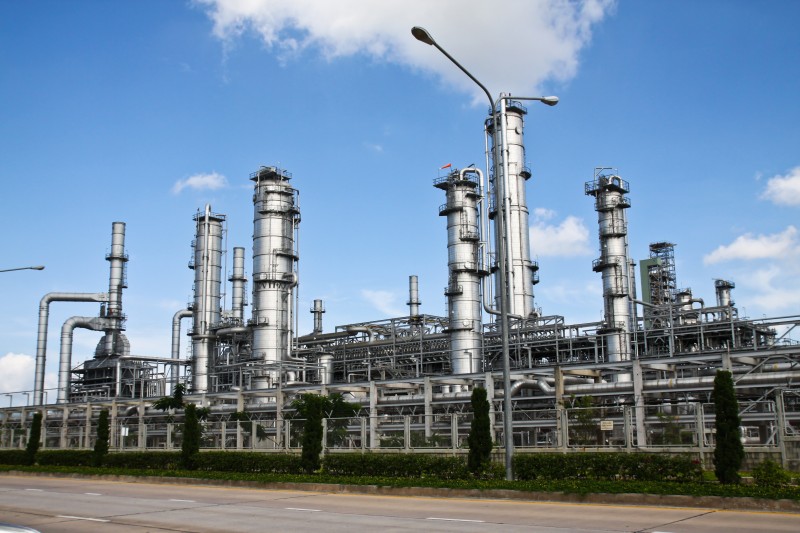Maintaining good air quality has been a concern for many people. As the world continues to be industrialized, companies are seeking ways to minimize environmental pollution. One of the ways to do this is by using an Air Quality Control System (AQCS). In this post, we will be talking about the three commonly used types of AQCS.
1. Continuous Process Control
Continuous process control schemes operate by mixing air with an aerosolizer or exhaust manifold or directing the air through a spray tank using a spray nozzle. These systems are commonly used in such industries as foundries, printing, and plastic manufacturing.
2. Thermal Regenerative Oxidizers
Thermal regenerative oxidizers are used to reduce the amount of air pollution given off by businesses such as incinerators. These systems use a catalytic oxidation reaction to convert hydrocarbons into carbon dioxide and water.
3. Air Filtration Systems
Air filtration systems are another effective air quality control system. The filtration systems do use non-oxidizing equipment such as dry or wet air scrubbers, electrostatic precipitators, and mist collectors, to name a few.
4. Selective Catalytic Reduction System
These systems are common in the petroleum, chemical, and wastewater treatment industry. Selective catalytic reduction systems are used in combustion exhaust processing to convert nitrogen oxides into nitrogen and water. Since nitrogen oxides are toxic to the environment, these systems significantly help to minimize their emission to the atmosphere.
For professional assistance on air quality control systems, you can contact Air Clear, LLC, or visit our sites at https://www.web.net/.

